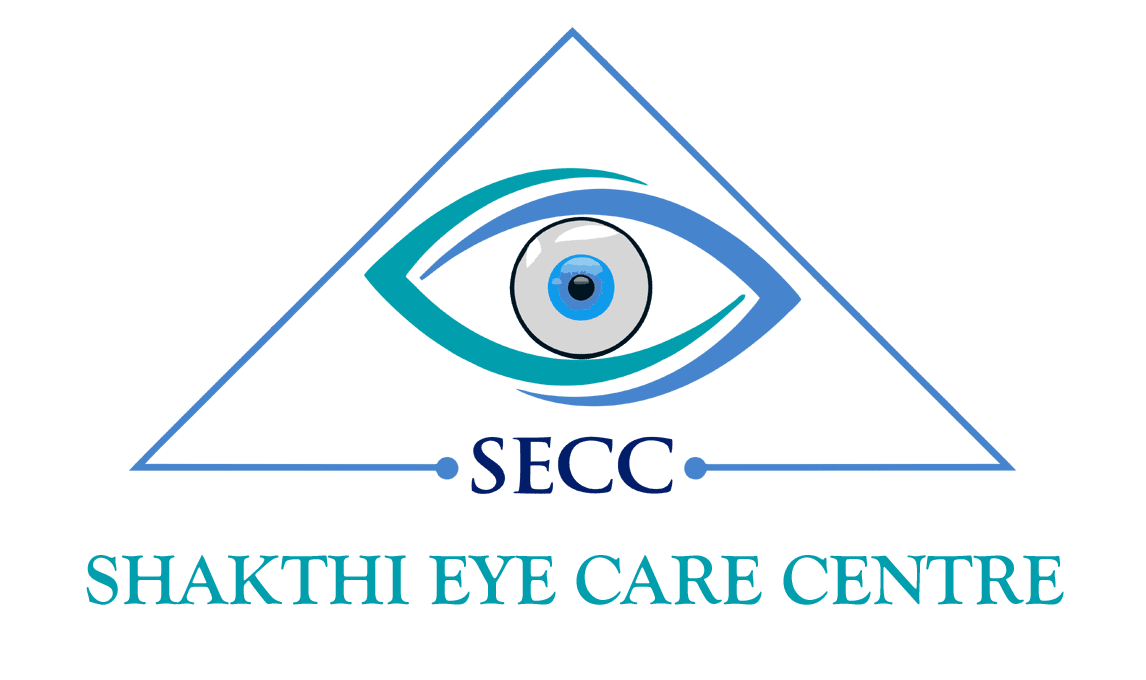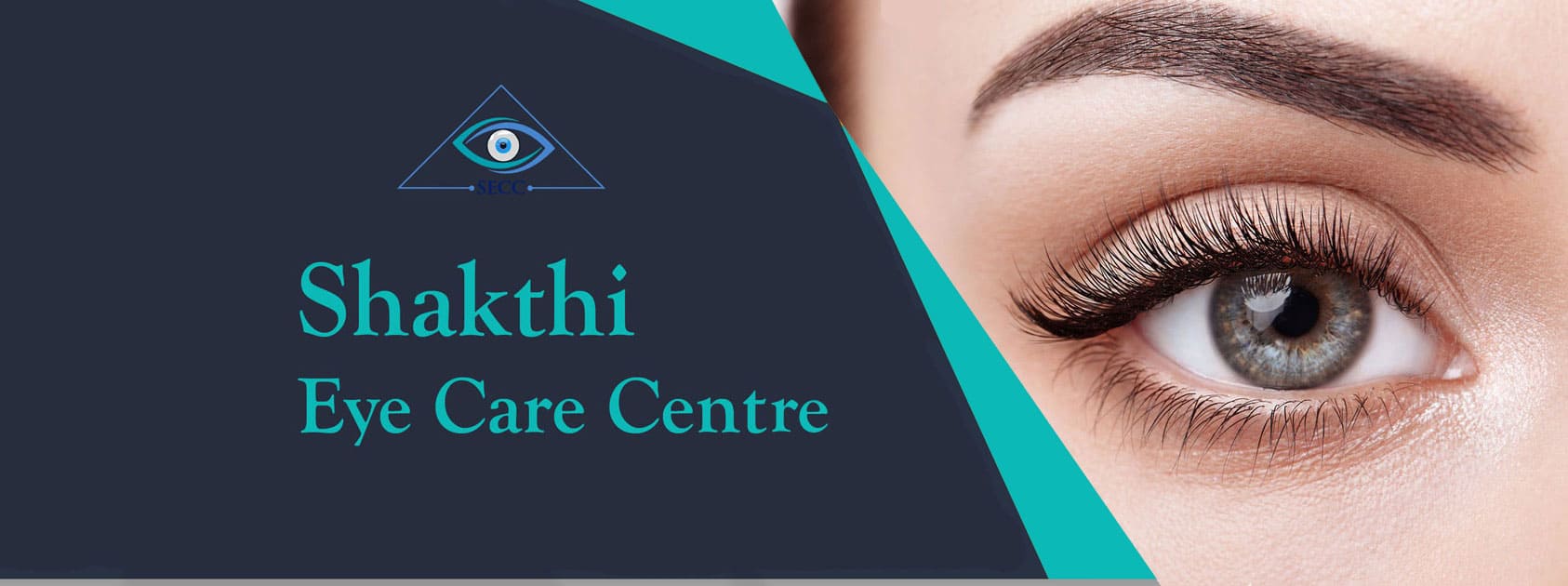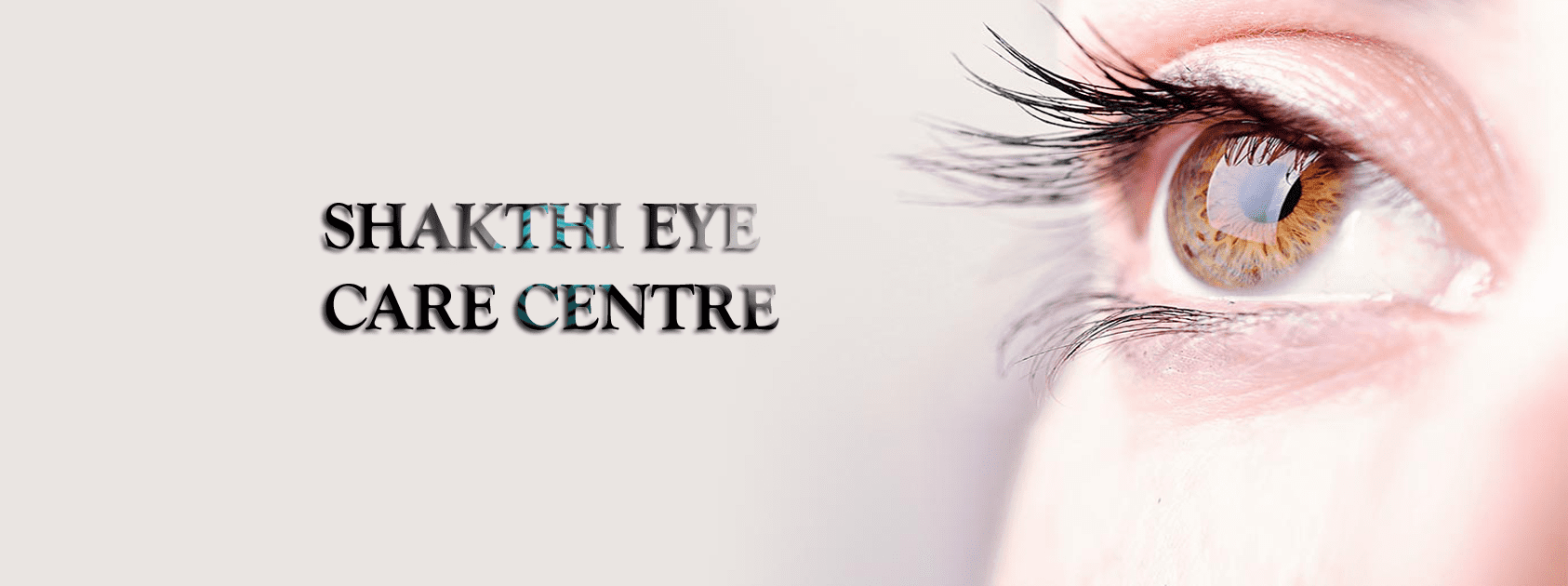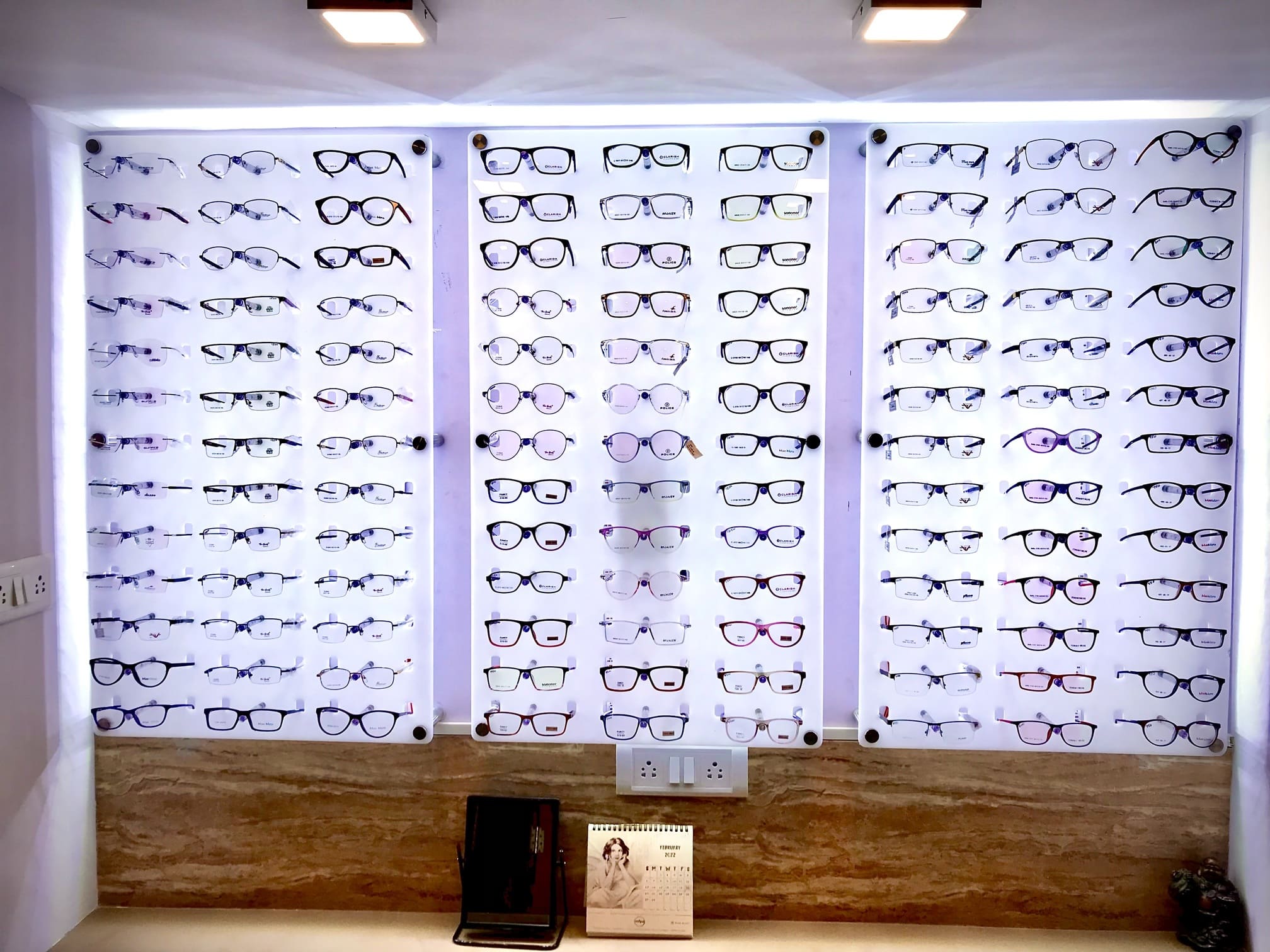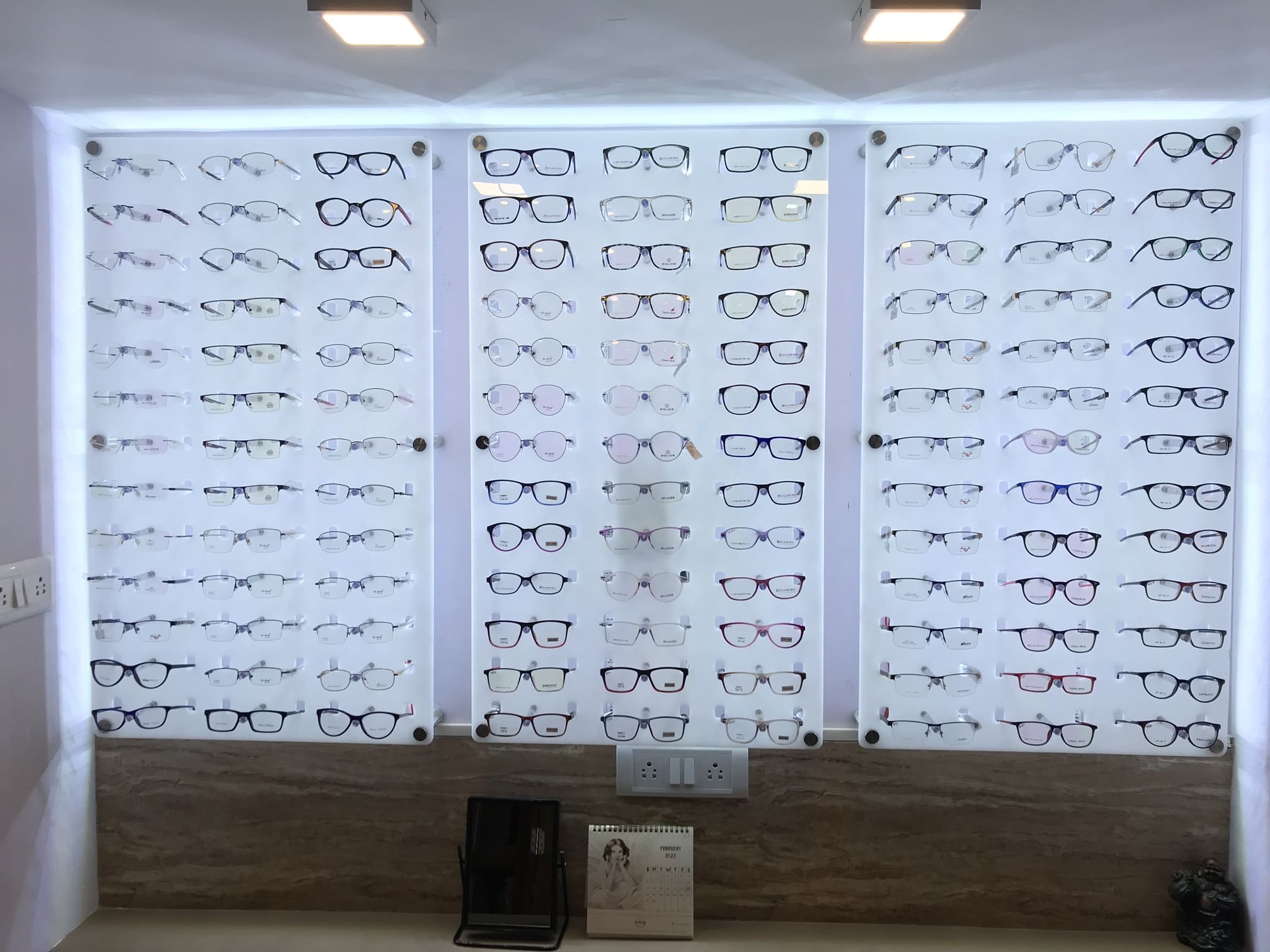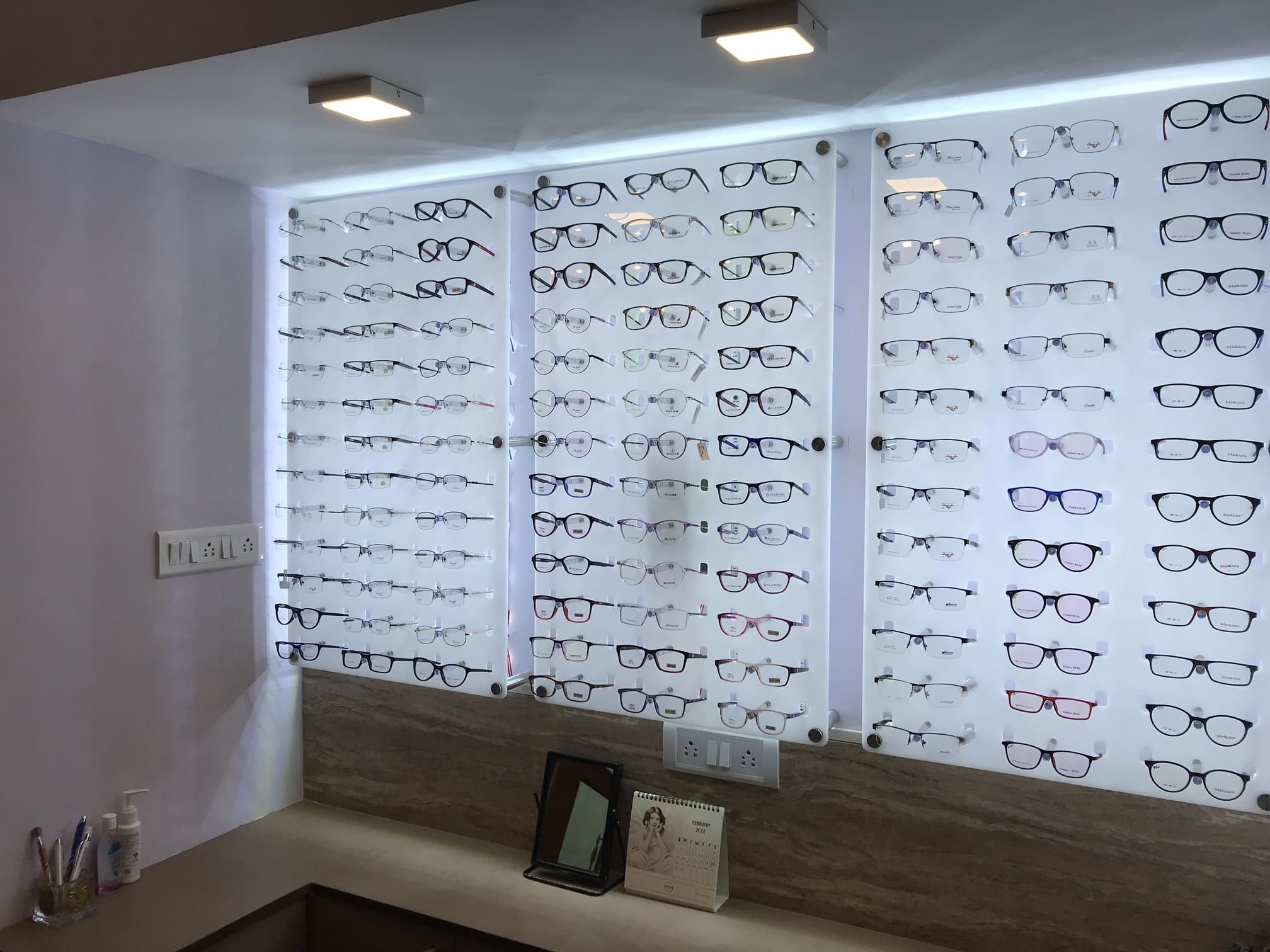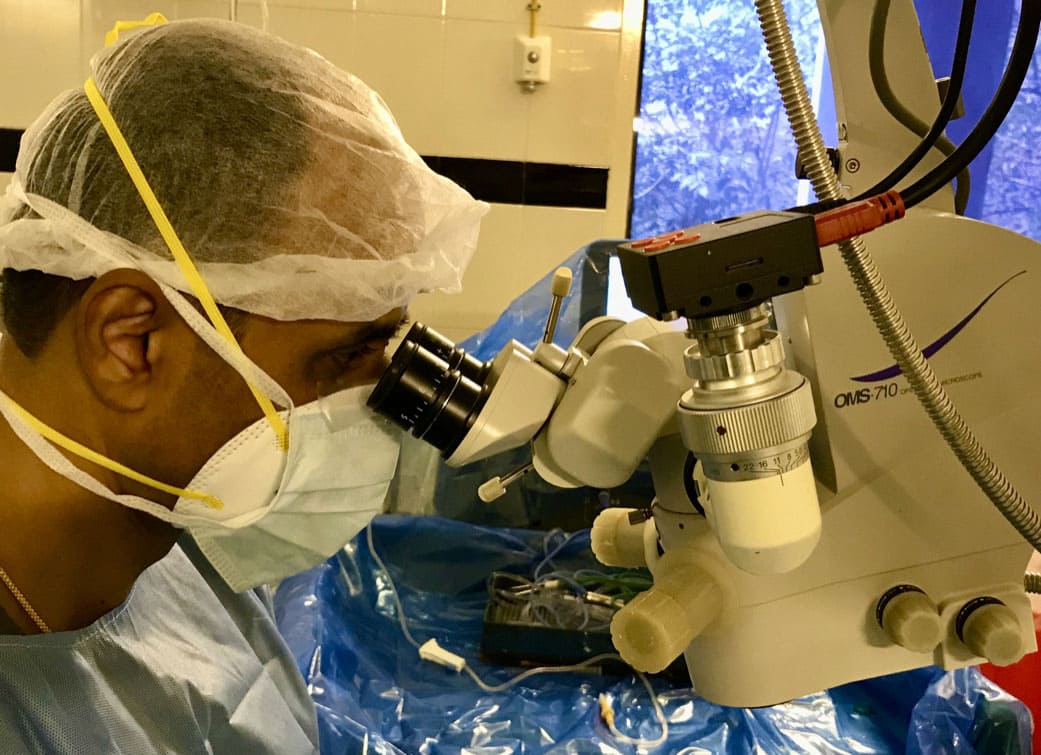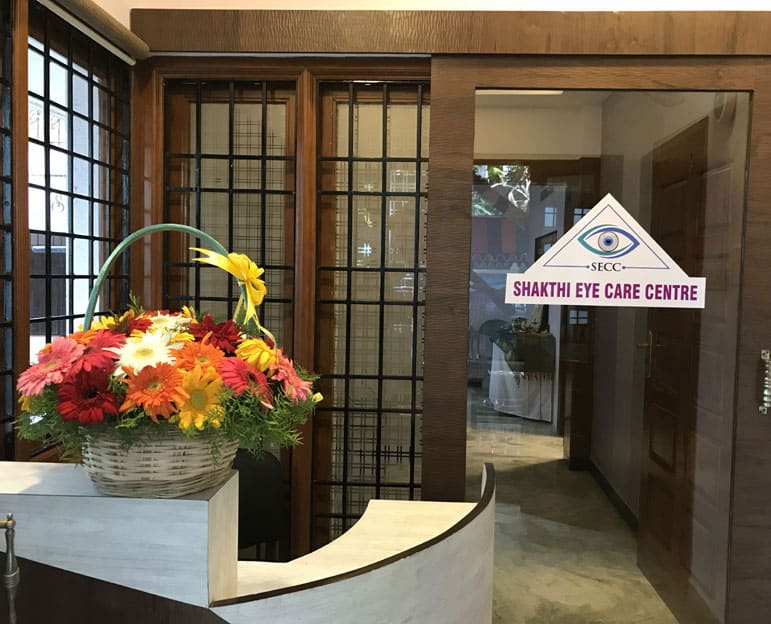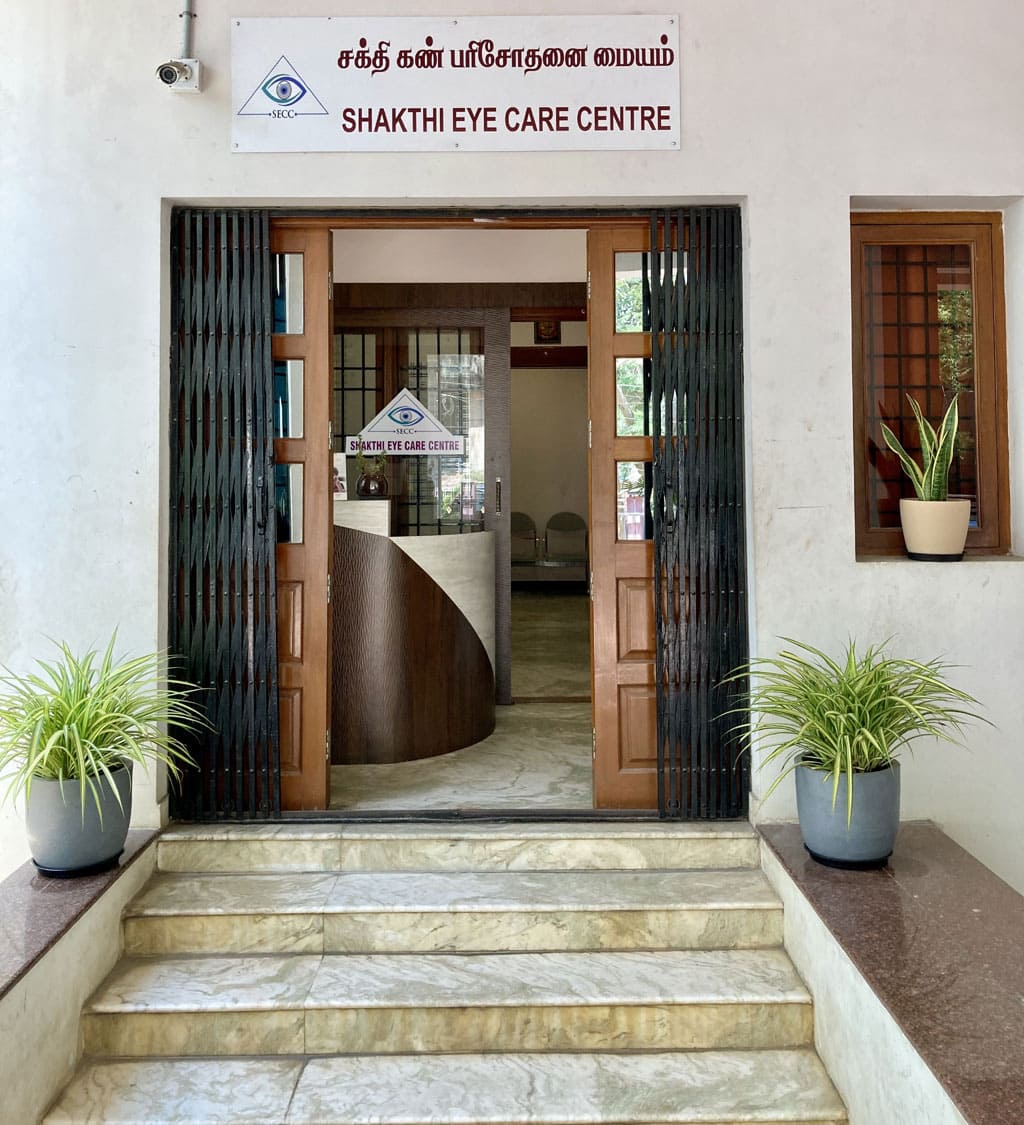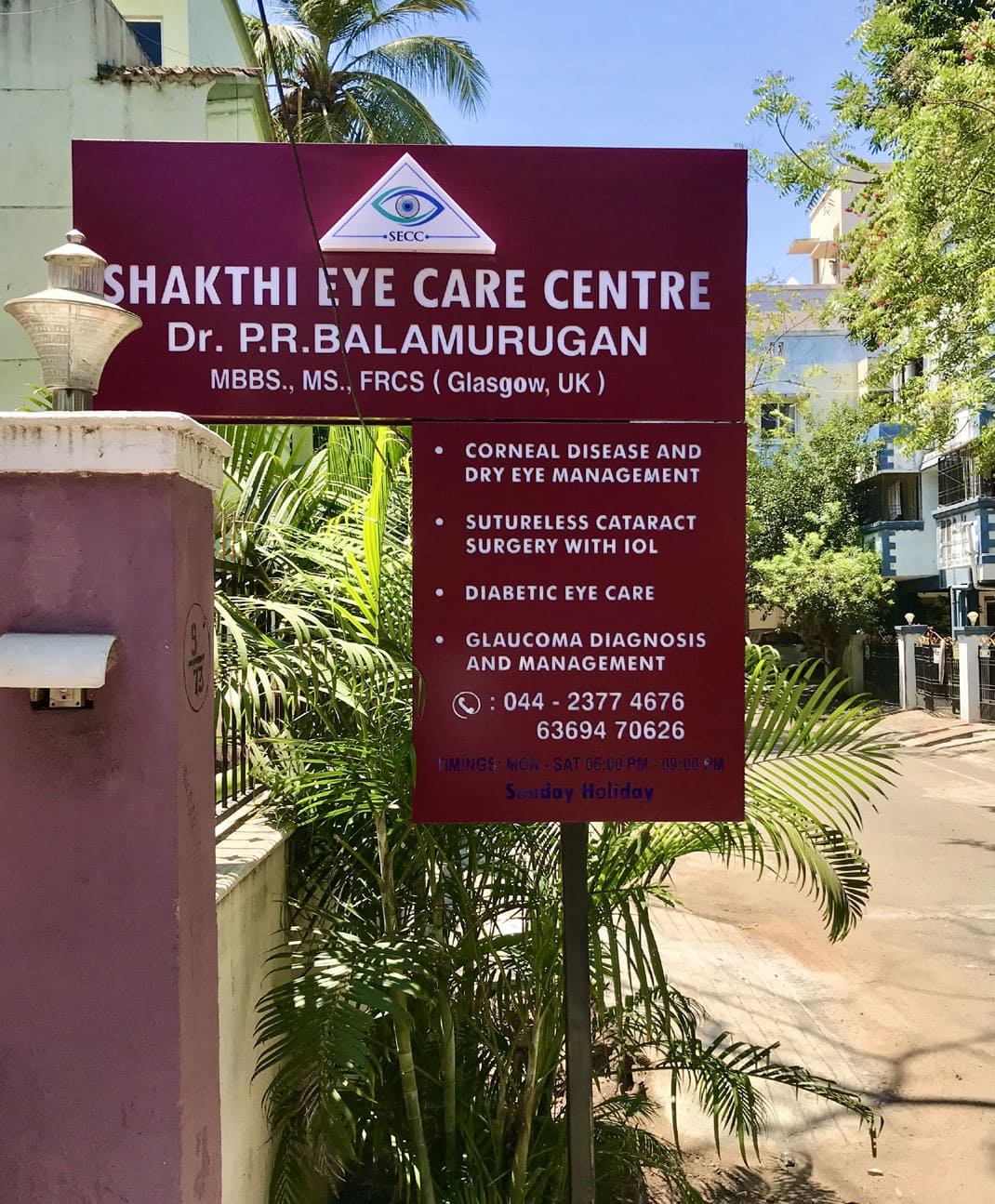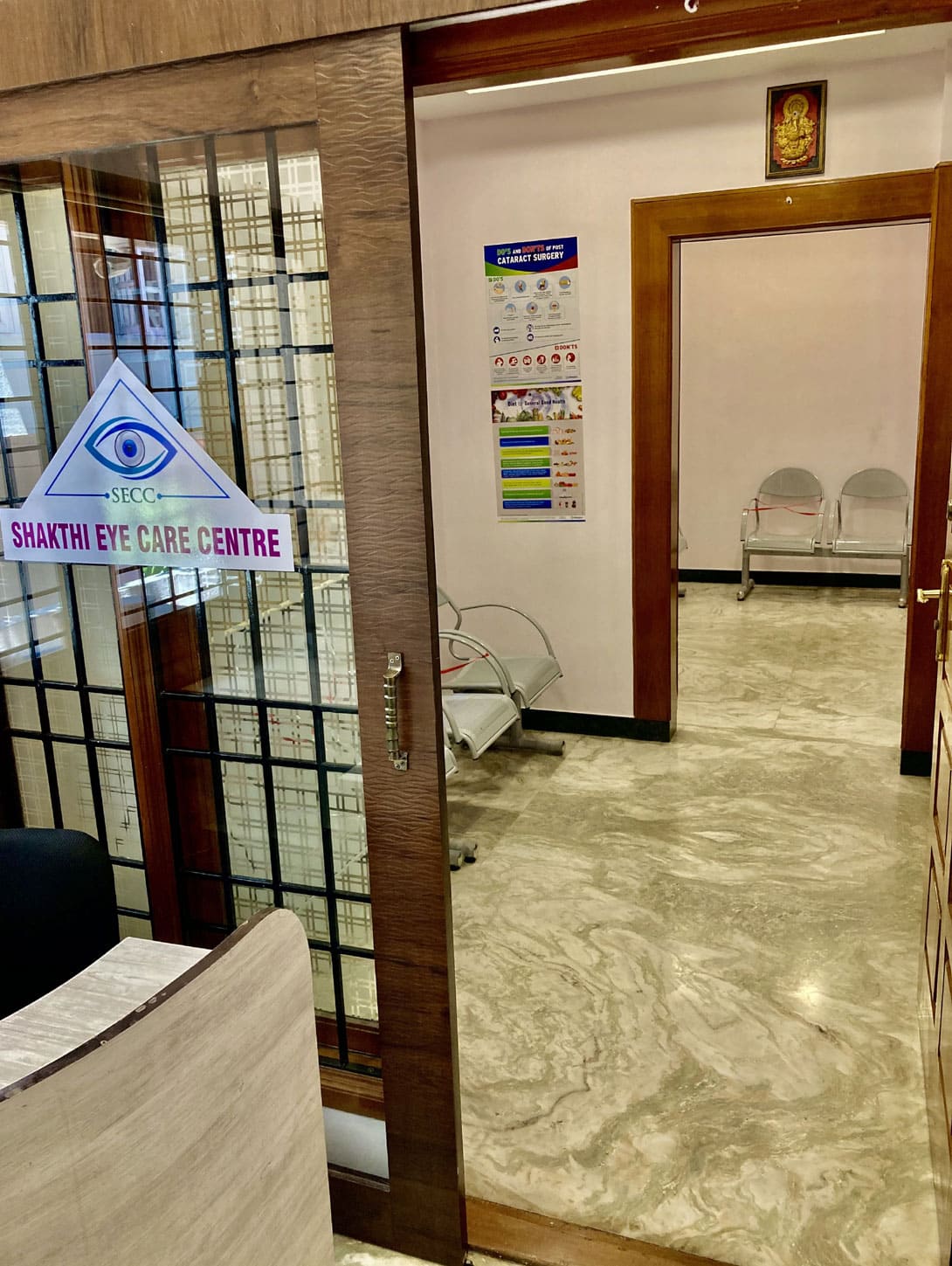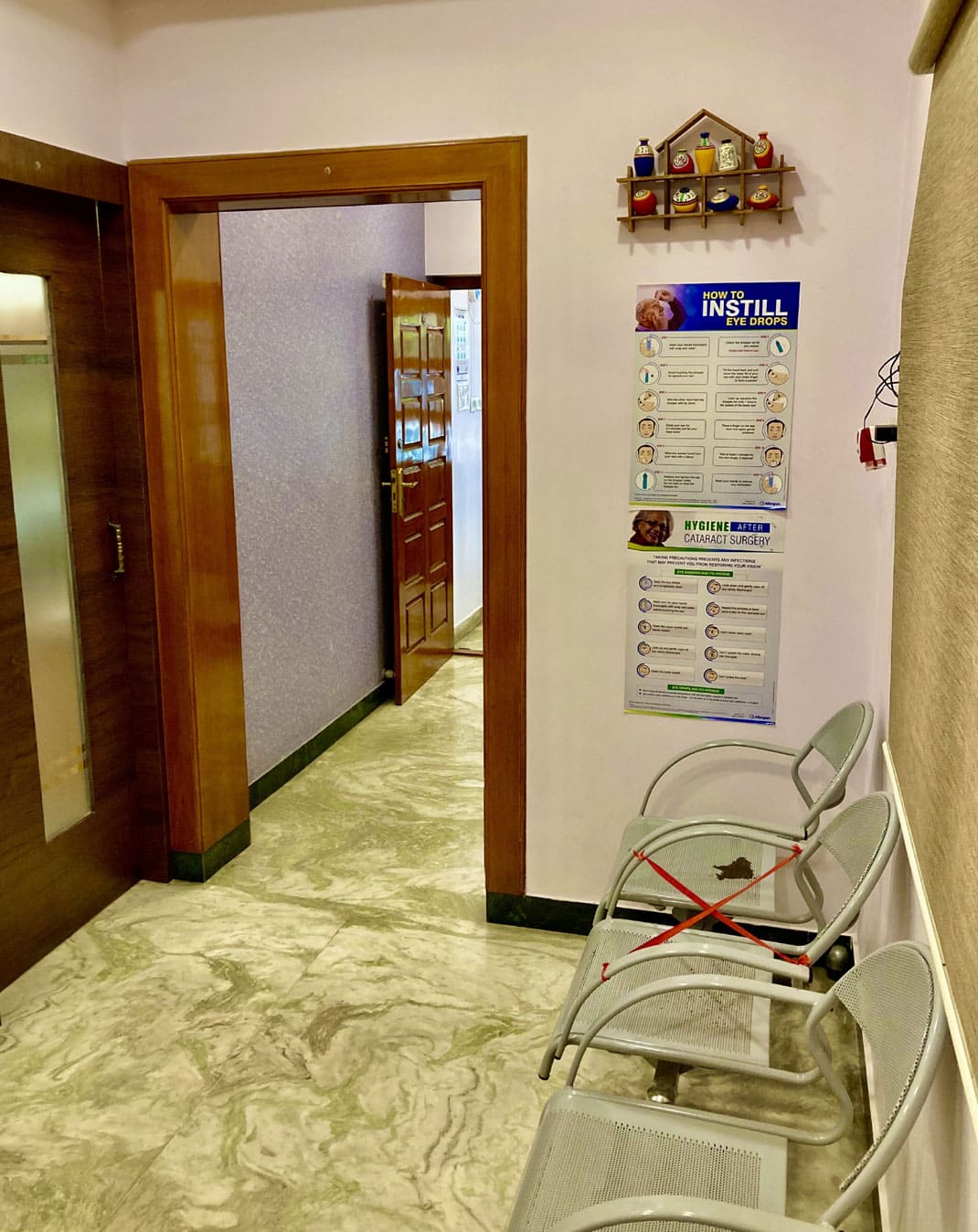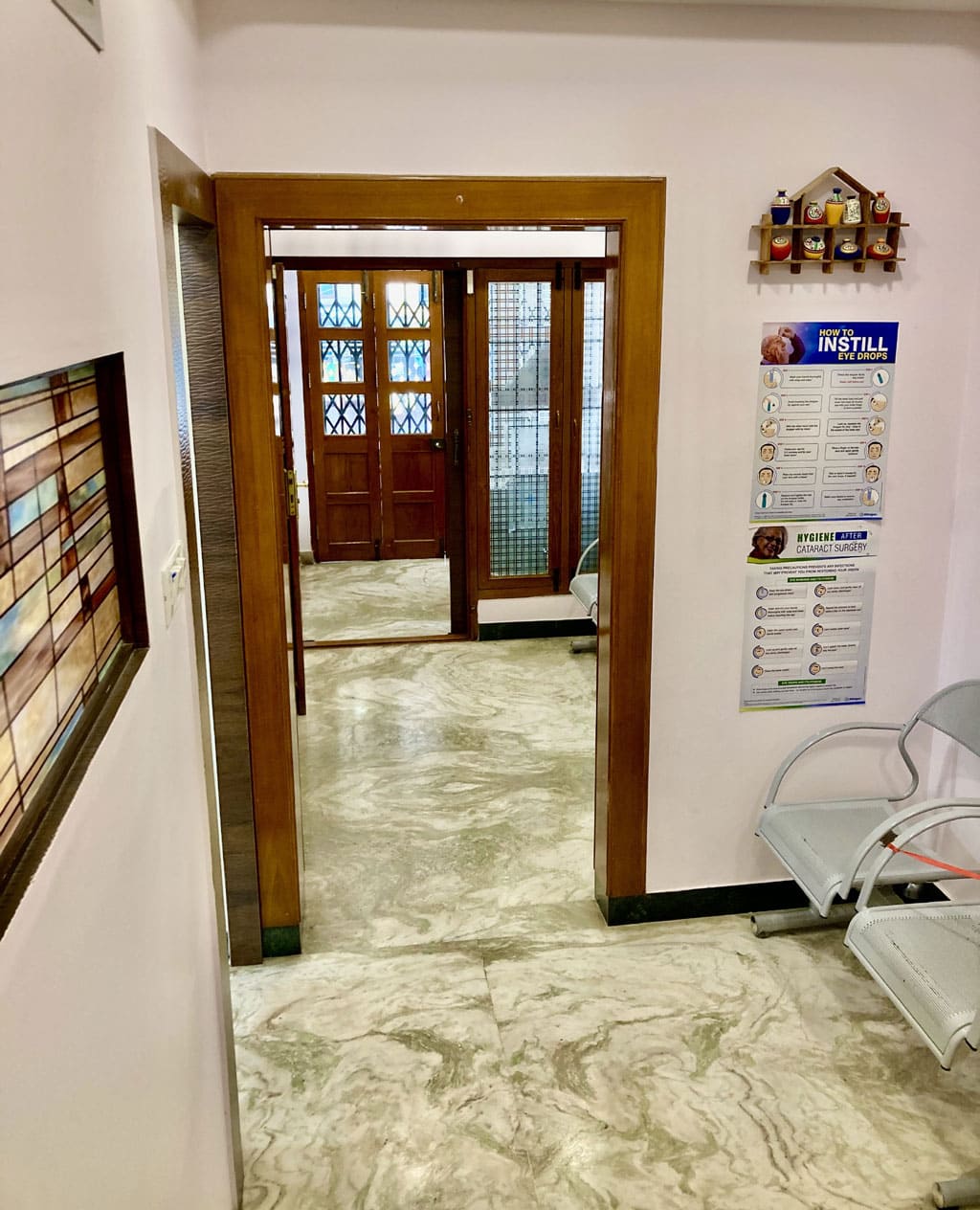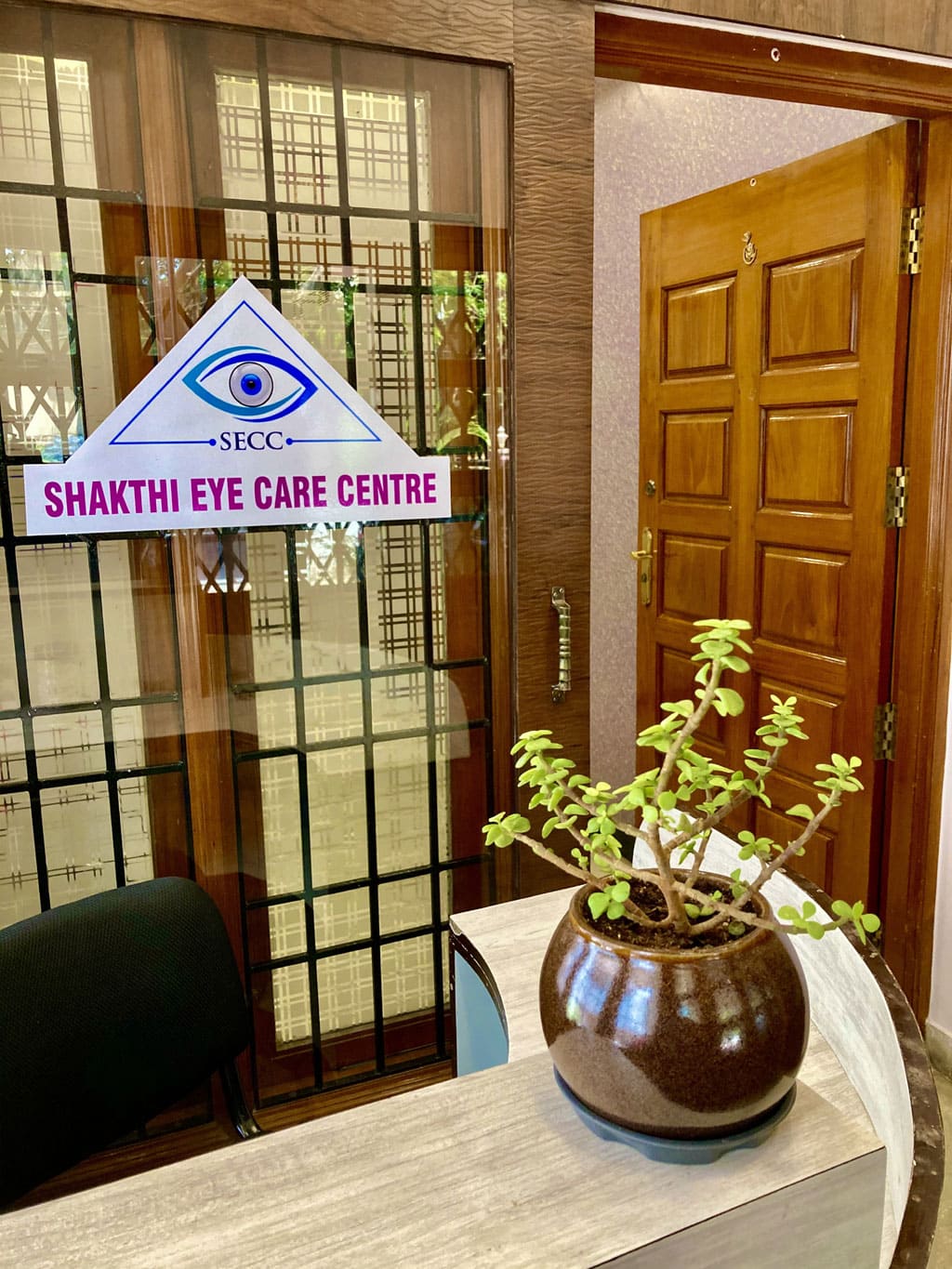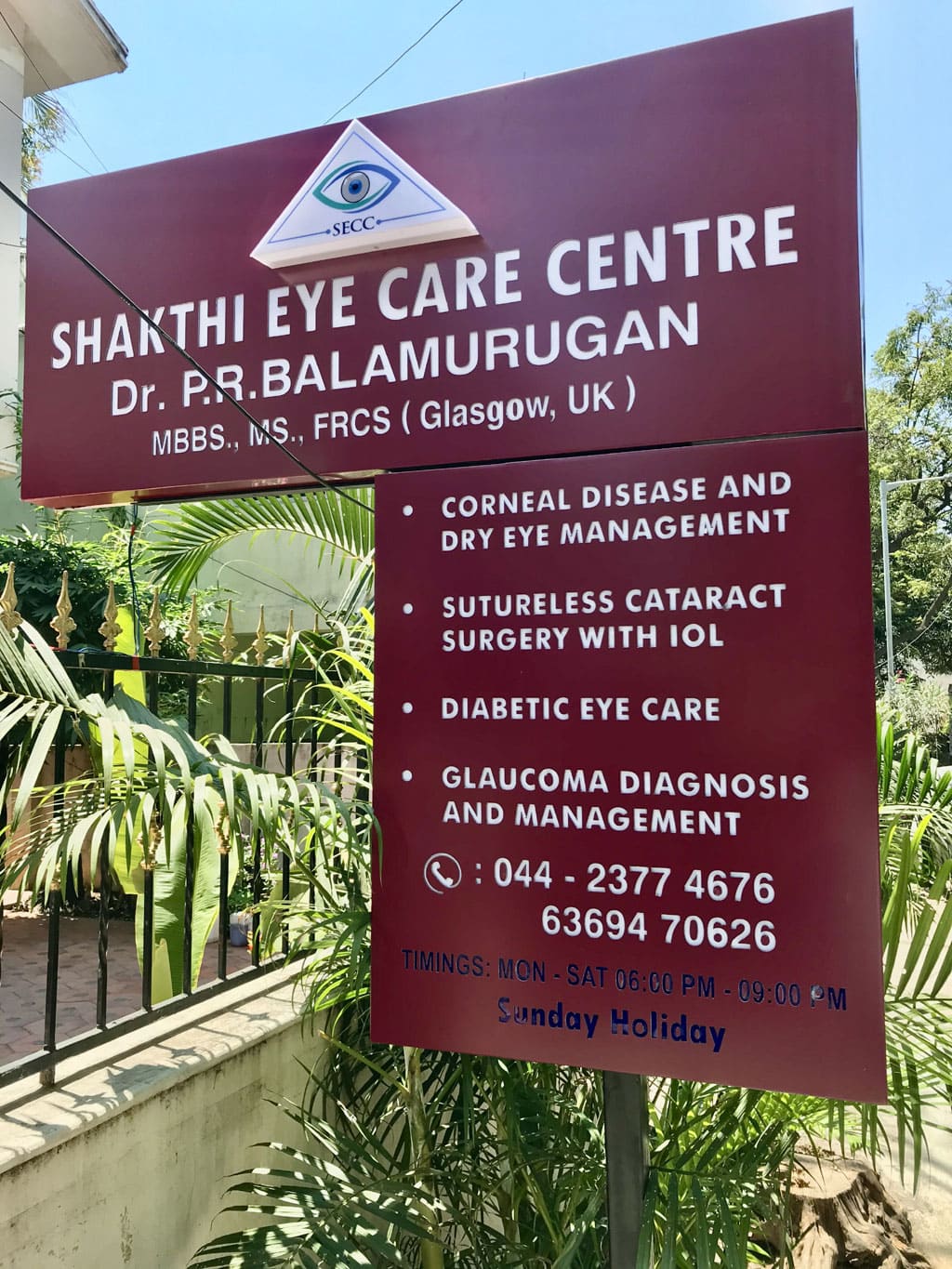The most commonly used lenses are Monofocal IOLs, which offer clear vision at a single distance, typically set for far vision. These lenses are suitable for patients who are comfortable wearing glasses for close-up activities such as reading or using a smartphone. While they do not provide vision at multiple distances, monofocal IOLs have a proven track record of delivering sharp distance vision. They are a practical, cost-effective option for individuals who prioritize distance clarity and are fine with wearing reading glasses.
For those who want to minimize or eliminate the need for glasses entirely, Multifocal IOLs and Trifocal IOLs offer an attractive option. These lenses have multiple zones designed to allow the patient to see clearly at varying distances—near, intermediate, and far. Multifocal IOLs can reduce or eliminate the need for bifocals or reading glasses after surgery, making them a popular choice for people with active lifestyles who desire more freedom from eyewear. However, some patients may experience visual side effects such as halos or glare around lights, particularly in low-light conditions, which should be taken into consideration when choosing this type of lens.
Toric IOLs are specifically designed for patients with astigmatism, a common condition that causes blurred or distorted vision due to the irregular shape of the cornea. Standard IOLs cannot correct astigmatism, so toric lenses are engineered to address both the cataract and the astigmatic refractive error. This enables patients to achieve clear vision without needing corrective glasses for distance. While toric IOLs can correct astigmatism and improve distance vision, patients may still require glasses for near tasks if a monofocal toric lens is chosen. Now we have multifocal topic IOLs available which can correct both distance and near vision.
An innovative choice, Extended depth of focus (EDOF) IOLs, provides a continuous range of vision, offering a smooth transition from distance to intermediate vision. EDOF lenses are especially beneficial for individuals who frequently use computers or engage in tasks requiring intermediate vision. Unlike multifocal lenses, which have distinct zones for different focal points, EDOF lenses elongate the eye’s depth of focus to provide a more natural range of vision with fewer side effects like halos or glare. While EDOF lenses can reduce the need for glasses in many situations, some patients may still need reading glasses for very fine prints.
When it comes to choosing the most appropriate IOL, it's important to have a thorough conversation with your eye doctor regarding your vision objectives and daily activities. Patients need to take into account whether they prioritize clear distance vision without glasses or seek a more comprehensive solution that caters to near, intermediate, and far distances. Moreover, individuals with specific refractive issues like astigmatism might find a toric IOL more beneficial, while those looking for minimal visual disturbances may prefer an EDOF lens. The advancements in IOL technology now offer more options for personalized vision correction, ensuring that cataract surgery not only restores vision but also enhances overall visual performance for everyday tasks.
